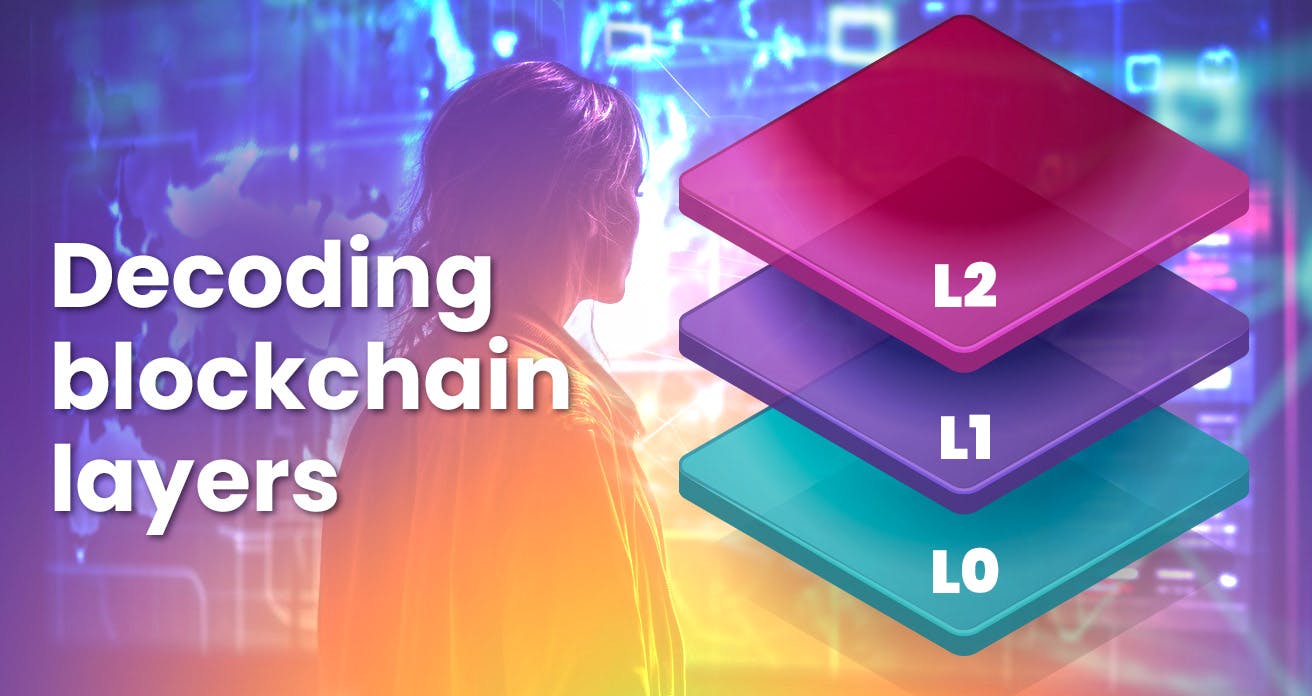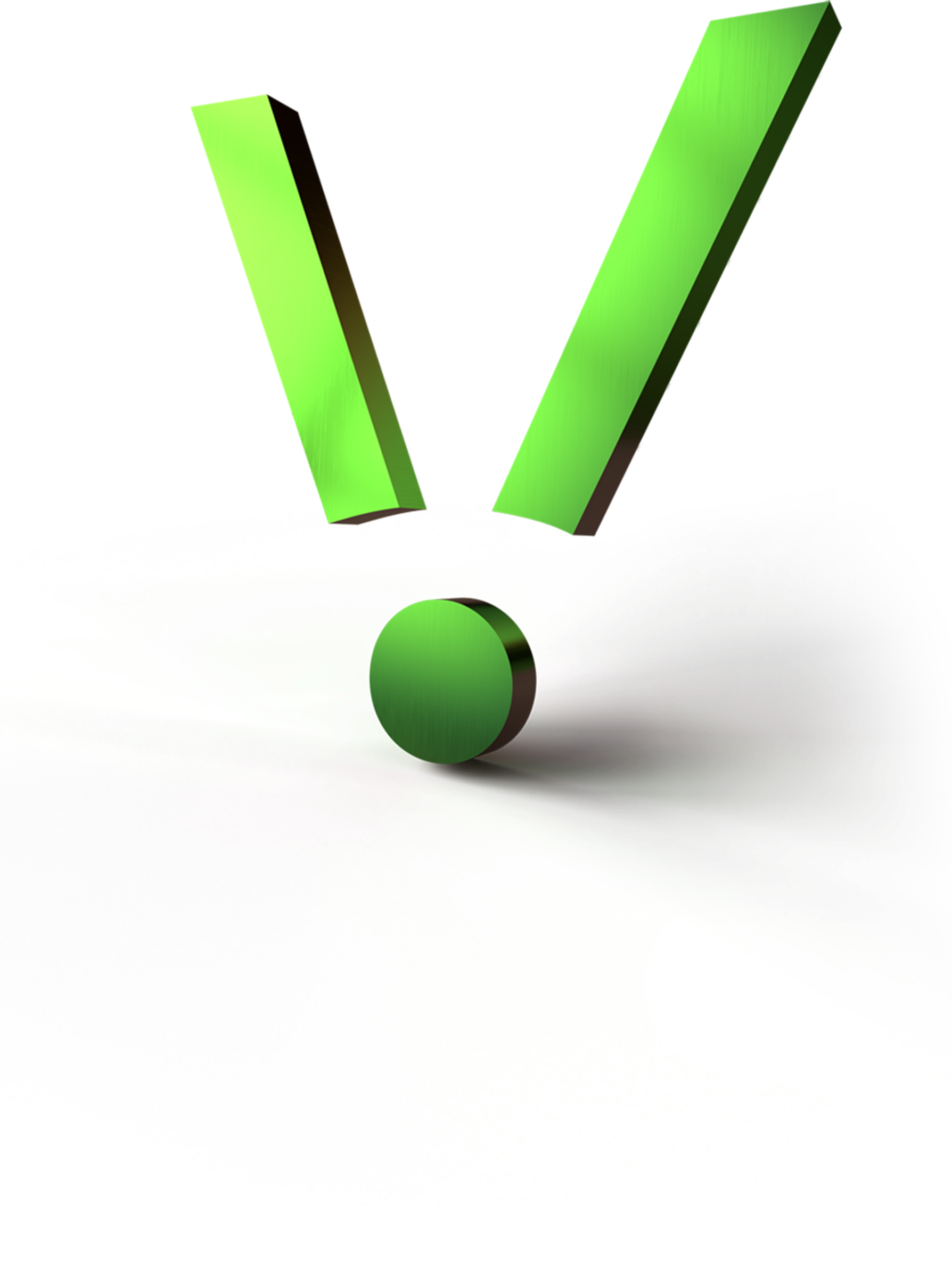Blog

Decoding blockchain layers: What are the differences between L0, L1, and L2 solutions?
In the ever-expanding universe of blockchain technology, where innovation is constant, understanding the fundamental structures beneath the surface is akin to deciphering the language of a new era. At the heart of this digital revolution lie Layer 0 (L0), Layer 1 (L1), and Layer 2 (L2) solutions, each playing a pivotal role in shaping the future of blockchain technology.
Layer 1: The Nexus of Data
The Layer 1 (L1) blockchains are the familiar face of the decentralized world, and function as primary distributors and interactors of both data and cryptocurrency. Bitcoin was the first to appear, offering nothing more than the concept of cryptocurrency. But by now, programmable blockchains such as, Ethereum, Solana, and Avalanche, among others, are the stalwarts of L1. While anyone can engage directly with these foundational platforms, by connecting to a node and sending transactions; many choose the simpler interfaces offered by decentralized applications (dApps) built atop these L1s. L1s serve as versatile platforms: using the power of smart contracts to enable decentralized finance (DeFi), gaming, collectibles, loyalty programmes, ticketing, storage solutions, tokenisation of real-world assets, and many many more applications.
Yet, L1s face challenges, especially in terms of scalability, security and interoperability. The most popular smart contract blockchain, Ethereum, is relatively expensive to use, due to its relative lack of speed and, thus, congestion. As a result, several scaling solutions have appeared, to accelerate specific transactions on the L1 and provide a faster experience for dApp users.
Layer 2: Scaling Horizons
Layer 2 (L2) solutions, such as Polygon, Optimism, Arbitrum, Starknet and more, have emerged as the pioneers in addressing the blockchain industry's scalability challenges. These solutions introduce innovations that enhance the speed and efficiency of transactions. L2s operate on top of existing L1 blockchains, optimizing specific functions without altering the underlying protocol. Off-chain scaling, rollups, sidechains, and state channels are the key techniques employed by L2s, facilitating rapid transactions and reducing congestion on the main blockchain.
Many L2s use ‘rollup’ techniques to effectively compress many transactions into a single one, which can then be posted to the underlying chain and decoded cryptographically to prove its contents. The result of this is an increase in speed and capacity of the underlying chain, but there are several compromises to be made. For a transaction to occur within the L2, the cryptocurrency of the underlying L1 may have to be ‘bridged’ across, causing (yet another) user interface hurdle, and opening potential security vulnerabilities. And, depending on the type of roll-up used, other issues such as energy usage or data availability may cause potential problems.
Layer 0: The Unseen Foundation
A programmable blockchain such as Ethereum is a general purpose, decentralized computer - capable of being programmed for many different applications, but as a result being very slow in its execution. L2s are an attempt to speed up this execution; however, another approach is to try and “divide-and-conquer”. Rather than create one blockchain that is capable of doing everything, why not create a connected network of smaller, highly specialized blockchains, each communicating via the same trusted infrastructure? This is the goal of a relay chain, or a Layer-0 (L0).
Imagine L0 as the invisible architect, meticulously designing the blueprint of the entire blockchain ecosystem. While it rarely steps into the limelight, its role is indispensable. L0, represented by platforms like Polkadot, serves as the foundational layer, establishing protocols for communication and providing a standardized language for connected chains. It is the backbone, ensuring seamless interoperability and optimizing security for Layer 1 blockchains, each of which is designed to be specialized in a particular field (e.g. Defi, storage, smart contracts, privacy, DAOs, gaming etc.).
L0 doesn't engage in direct user interactions or host smart contracts. Instead, it offers essential tools to "parachains" (L1s on the L0) to build and deploy smart contracts. Its significance lies in its ability to facilitate communication (and, in some circumstances, security) among diverse blockchains, fostering a unified language that allows them to collaborate effectively.
This is where Layer 0 becomes pivotal. By connecting to a Layer 0 protocol like Polkadot, L1s gain access to essential solutions. Polkadot, acting as a security provider and tool repository, alleviates the isolation concerns of L1s. Its role is indispensable, offering security and enabling specialized L1s to collaborate within a unified consensus.
In this intricate movement of layers, L0, L1, and L2 converge to create a symbiotic relationship, shaping the trajectory of the blockchain landscape. L0 provides the groundwork, ensuring a standardized language for diverse chains to communicate effectively. L1 acts as the vibrant hub, distributing and interacting with data, empowering users through dApps. L2 solutions add the final touch, enhancing scalability and efficiency, and making the blockchain experience seamless for users.
As we navigate this ever-expanding universe of blockchain technology, one thing becomes abundantly clear: the layers, though complex, form a unified ecosystem. Each layer, from the invisible architect of L0 to the data distributor of L1 and the scaling innovations of L2, plays an integral role.

